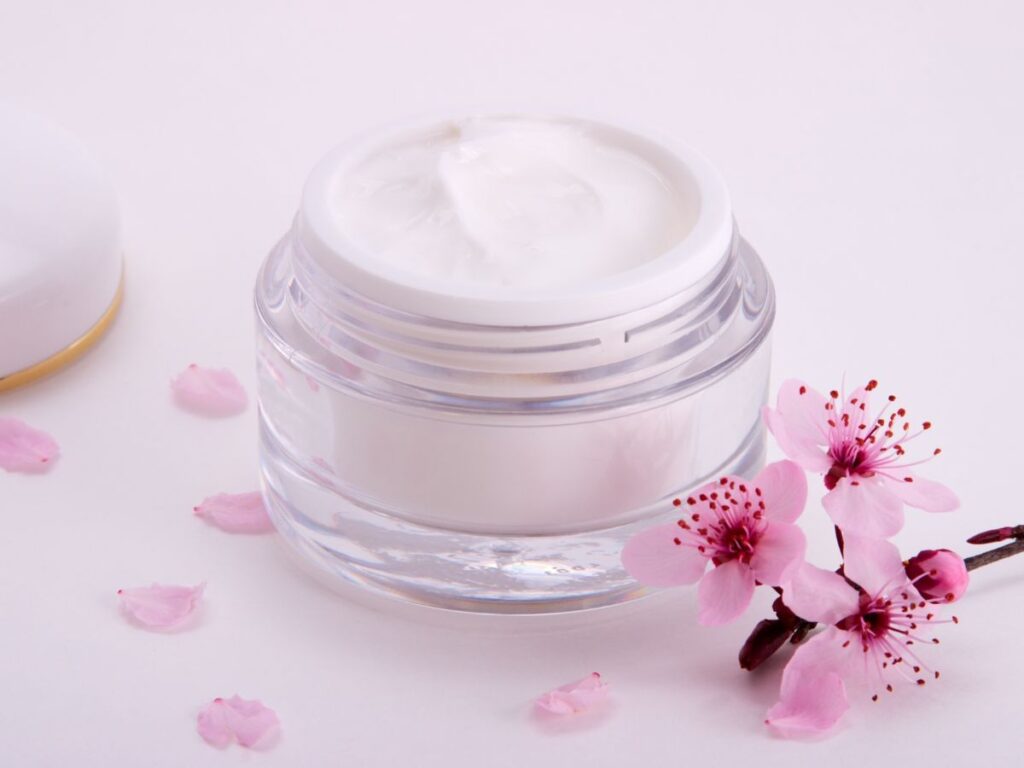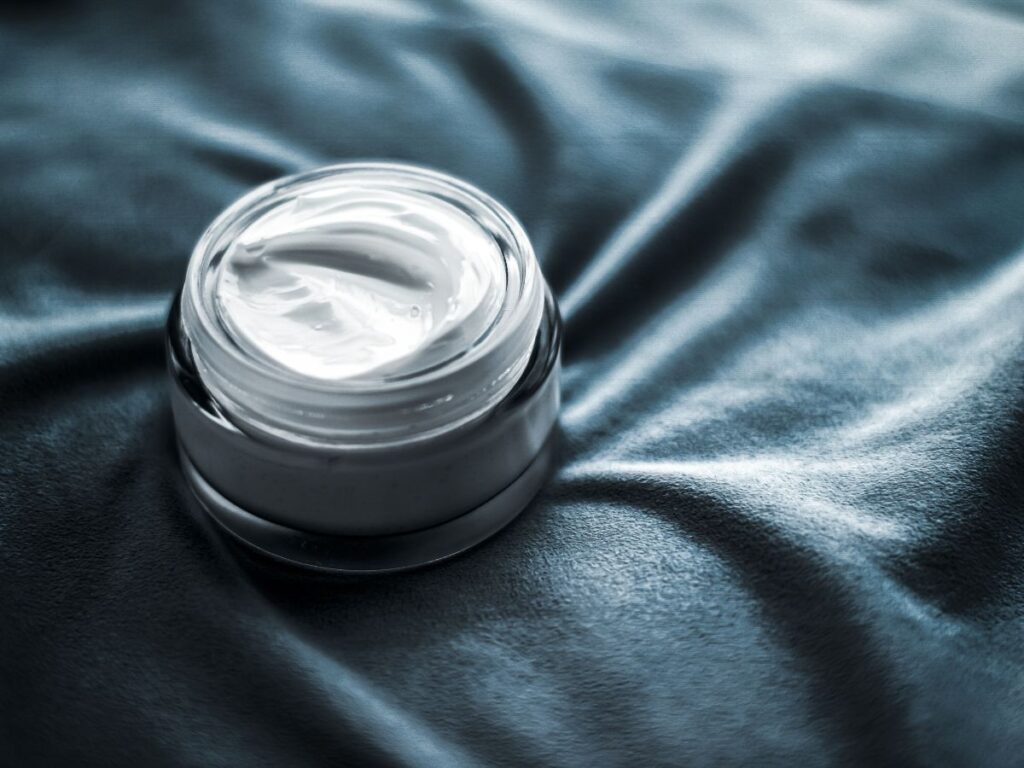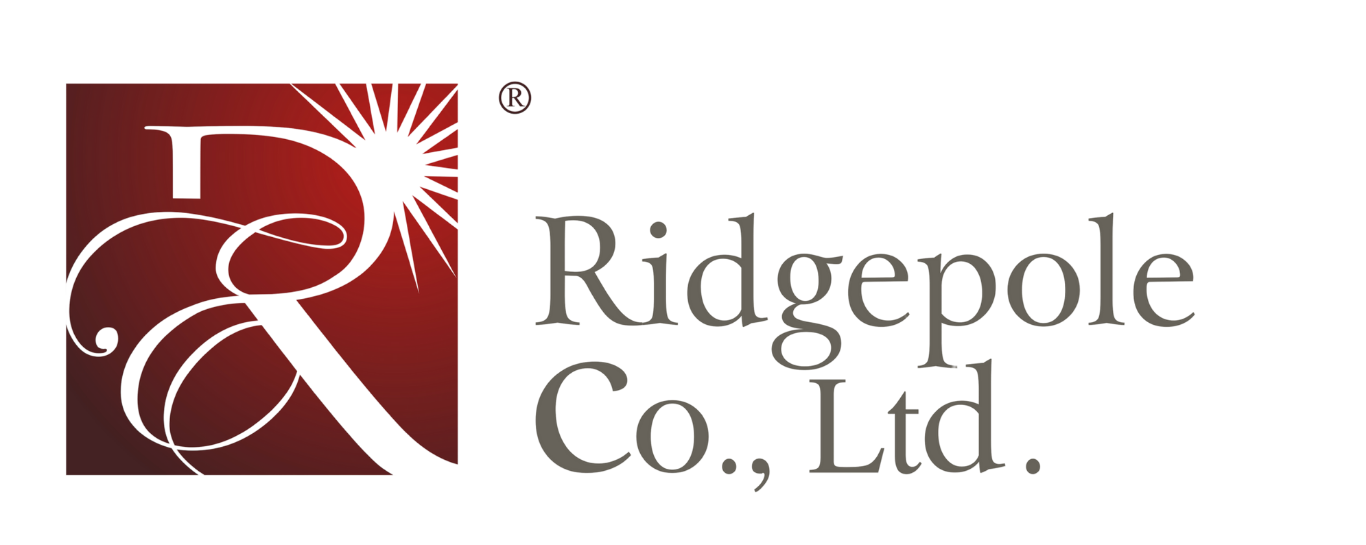How Is Face Cream Made?

Author: Tommy Tang | Founder at Ridgepole
Hi, I'm Tommy Tang, here to share my expertise in skincare with you.
Table of Contents
Most people don’t think about what’s inside their face cream until they start a skincare brand or look for a reliable manufacturer. If you’re in that position, I know exactly how overwhelming it feels.
When I first stepped into skincare production, I had no idea what emulsifiers, preservatives, or active ingredients really did. But after working in this industry, I’ve understand how each part of the process comes together to create a product that’s safe, effective, and shelf-stable.
In this article, I’ll give you a clear, step-by-step breakdown of how face creams are made, from raw materials to final packaging. You’ll learn what ingredients are used, how they’re blended, and what it takes to create a stable, effective product.
Let’s start!
1. Understanding the Core Components of Face Cream
Face creams are a staple in skincare, but what exactly makes them different from other products? Lotions, serums, and gels all serve a purpose, but creams stand out because of their balanced mix of water and oils.
A face cream is a semi-solid skincare product designed to hydrate, protect, and nourish the skin. Unlike lotions, which are thinner and more fluid, creams have a richer texture. They create a barrier that locks in moisture while delivering active ingredients. Compared to serums, which are lightweight and water-based, face creams provide deeper hydration and longer-lasting benefits.
Now, let’s break down what goes into a well-formulated face cream. These ingredients work together to create the right texture, absorption, and effectiveness:
Water Phase (Aqua)
Water is the base of most face creams. It acts as a carrier, helping to dissolve other ingredients and provide hydration. Skincare manufacturers use purified water to remove impurities that could affect stability.
Oil Phase (Emollients & Occlusives)
The oil phase contains ingredients that soften and protect the skin. These include:
- Emollients (like shea butter and jojoba oil) that smooth and soften.
- Occlusives (like petrolatum and lanolin) that form a barrier to lock in moisture.
The right oil mix determines how the cream feels—whether it’s light and fast-absorbing or rich and deeply moisturizing.
Emulsifiers
Water and oil naturally separate. Emulsifiers help them blend into a stable cream. Common ones include:
- Cetearyl alcohol (adds structure and texture).
- Glyceryl stearate (helps distribute oils evenly).
Without emulsifiers, face cream would separate over time.
Active Ingredients
This is where the real skincare benefits come in. Active ingredients target specific skin concerns, such as:
- Hydration: Hyaluronic acid, ceramides
- Anti-aging: Peptides, retinol
- Brightening: Vitamin C, niacinamide
- Antioxidants: Green tea extract, resveratrol
Each formula needs a careful balance, some actives lose effectiveness if mixed incorrectly.
Preservatives
Face creams contain water, which makes them prone to bacteria and mold. Preservatives prevent contamination and keep the product safe.
Common options include:
- Phenoxyethanol (effective against bacteria).
- Ethylhexylglycerin (often used in natural formulations).
Without preservatives, a face cream could spoil in weeks.
Stabilizers & Thickeners
Stabilizers and thickeners help create the right consistency. Some common ones are:
- Carbomers (give a gel-like feel).
- Xanthan gum (adds viscosity without greasiness).
These ingredients control how the cream spreads and absorbs into the skin.
Now that you know what goes into a face cream, let’s look at how these ingredients come together in the formulation process.

2. Face Cream Formulation Process
Creating a face cream starts long before production. The right combination of ingredients determines how well a formula performs. But developing a stable, effective product takes careful planning and testing.
Developing a Formula
Before mixing anything, you need a clear product goal. What do you want the cream to do? Is it meant for deep hydration, anti-aging, or brightening?
The answer shapes everything that follows. Here are the key steps in formulation:
- Define the purpose: A night cream for dry skin needs different ingredients than a lightweight moisturizer for oily skin.
- Select active ingredients: These provide real benefits. Retinol for wrinkles, niacinamide for brightening, or ceramides for moisture.
- Choose emulsifiers & stabilizers:These hold the formula together and create the right texture. Options like glyceryl stearate or cetearyl alcohol help blend oil and water smoothly.
- Pick a preservative & adjust pH: Water-based products need preservatives to stop bacteria growth. The pH level also matters, too high or too low, and it can irritate the skin.
This stage requires research, trial, and adjustment. Even small ingredient swaps can change how a cream feels and performs.
Lab Testing & Prototyping
Once the formula is developed, it needs testing. A cream may look perfect in the lab, but will it stay that way over time?
Types of tests include:
- Formulation Stability Testing: Checks if ingredients separate, discolor, or degrade.
- Microbial Testing: Screens for bacteria and mold, especially in water-based formulas.
- pH Balance Testing: Ensures the formula is skin-friendly. Most face creams fall between pH 4.5 and 6.5.
- Viscosity Testing:Measures thickness and spreadability. A face cream should feel smooth, not too runny or too thick.
Testing takes weeks, sometimes months. But it’s essential. A poorly tested formula can separate, grow bacteria, or irritate the skin.
Once a formula passes lab testing, it’s ready for scaling up to production.

3. Face Cream Manufacturing Process
Once a face cream formula is finalized, it’s time to move from the lab to full-scale production. This process requires precision, quality control, and strict hygiene standards to create a safe and effective product. Each step from sourcing raw materials to packaging the final cream plays a role in delivering a high-quality skincare product.
The foundation of a great face cream is its ingredients. Using high-quality, certified raw materials ensures safety and effectiveness.
Manufacturers work with trusted suppliers to verify ingredient purity and compliance with regulations. This means checking for:
- Certificate of Analysis (COA) – Confirms ingredient identity, strength, and purity.
- Microbial Testing Reports – Ensures raw materials are free from harmful bacteria or mold.
- Regulatory Compliance – Ingredients must meet global cosmetic safety standards (e.g., FDA, EU regulations).
Sourcing the right ingredients prevents contamination and improves product consistency. Now, let’s look at how these ingredients come together.
4. The Production Process
Step 1: Weighing & Measuring Ingredients
Precision is key. Each ingredient, whether water, oil, or active compound, must be measured exactly. Too much or too little of an ingredient can affect stability and performance.
- Digital scales measure liquids and powders down to the milligram.
- Laboratory balances help control ingredient ratios.
Once measured, ingredients are separated into their respective water phase and oil phase for heating.
Step 2: Heating & Mixing (Emulsification Process)
Face creams contain both water-soluble and oil-soluble ingredients. These two do not naturally mix, so heating and emulsification are necessary.
- Water Phase Heating: Water-based ingredients (like glycerin and botanical extracts) are heated separately.
- Oil Phase Heating: Oils, emulsifiers, and waxes are melted together.
- Emulsification: The heated water and oil phases are combined under high-speed mixing, creating a smooth, uniform blend.
This process determines the cream’s texture and stability. A weak emulsion can cause separation over time.
Step 3: Cooling & Adding Heat-Sensitive Ingredients
Not all ingredients can handle heat. Some active ingredients break down under high temperatures. To protect their effectiveness, they are added during the cooling phase.
Common heat-sensitive ingredients include:
- Vitamins (e.g., Vitamin C, Retinol): Lose potency when exposed to heat.
- Preservatives: Work best when added below a certain temperature.
- Fragrances & Essential Oils: Evaporate if added too soon.
Once cooled, the cream moves to the next stage.
Step 4: Homogenization & Final Mixing
To get a smooth, luxurious texture, the cream goes through homogenization. This step breaks down any remaining particles and refines consistency.
- High-shear mixers create a uniform blend.
- Homogenizers ensure a stable formula, preventing separation over time.
After this step, the cream is almost ready but it still needs a few final checks.
Step 5: pH Adjustment & Stability Testing
A face cream must match the skin’s natural pH, typically between 4.5 and 6.5. If the pH is too high or too low, it can cause irritation.
Stability testing also takes place here. The cream is checked for:
- Separation: Ensuring water and oils remain blended.
- Texture changes: Cream should remain smooth over time.
- Shelf stability: Tests simulate months of storage to see if the formula holds up.
Once the cream passes these tests, it moves to packaging.
Step 6: Filling & Packaging
The final step is getting the cream into its container. Depending on production scale, this can be done manually or with automatic filling machines.
- Filling – Cream is dispensed into jars, tubes, or bottles.
- Sealing – Containers are sealed to prevent contamination.
- Labeling & Batch Coding – Product labels, expiration dates, and batch numbers are added.
At this stage, the face cream is ready for distribution.
Conclusion
From sourcing raw materials to final packaging, every step in face cream manufacturing affects the quality of the product. Small mistakes, like ingredient incompatibility or poor preservation, can lead to instability and short shelf life. That’s why professional formulation and testing are essential.
If you’re looking for a reliable skincare manufacturer, we’re here to help. Contact us today to discuss your formulation needs and production goals.
More Guides and Tips to Explore
Not quite what you’re looking for? Explore our wider product range for more choices:
Still haven’t found what you’re looking for? Don’t hesitate to contact us. We’re available around the clock to assist you.
Quick Quote
Own Your Private Label Cosmetic Line Is No Longer Difficult Here!





